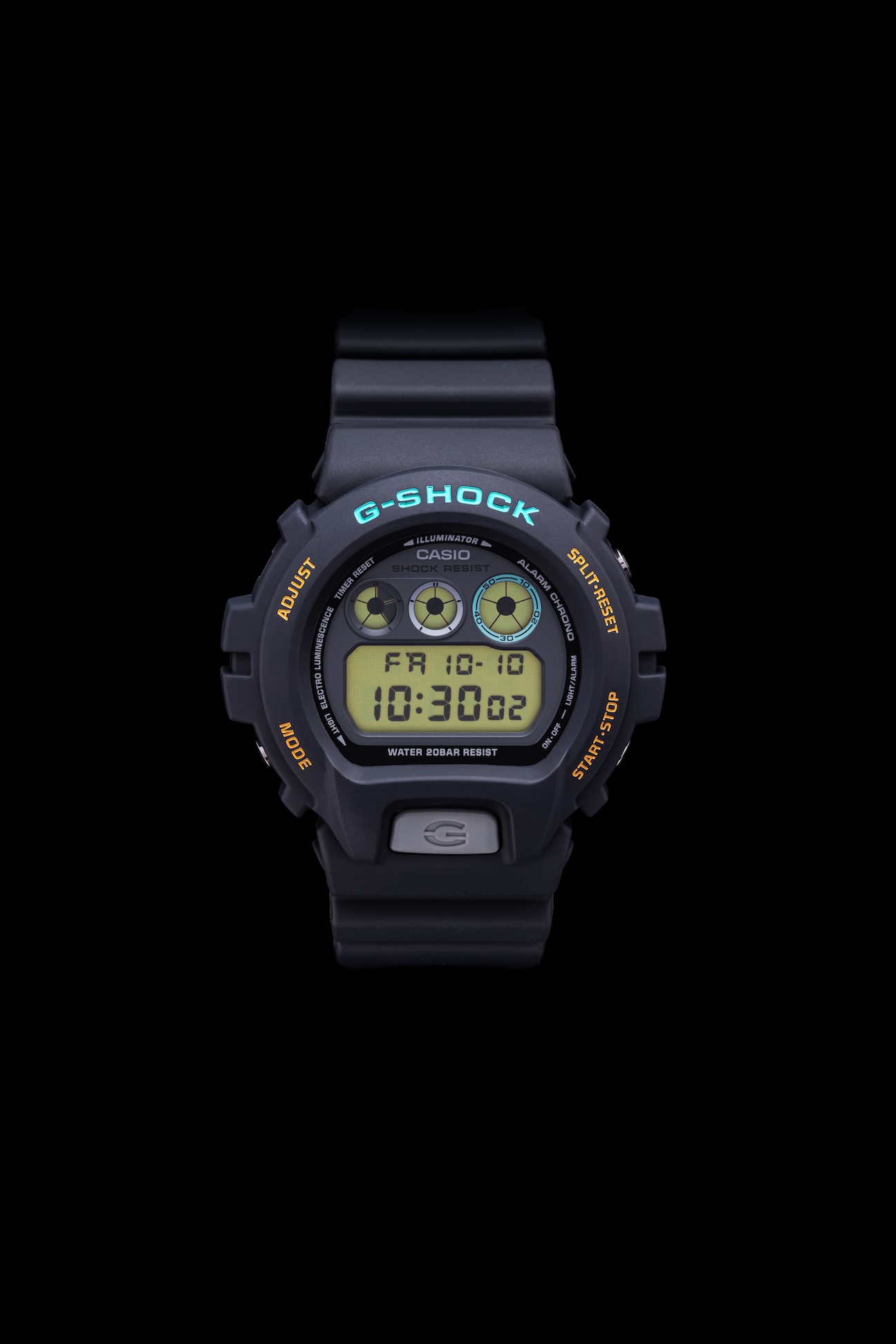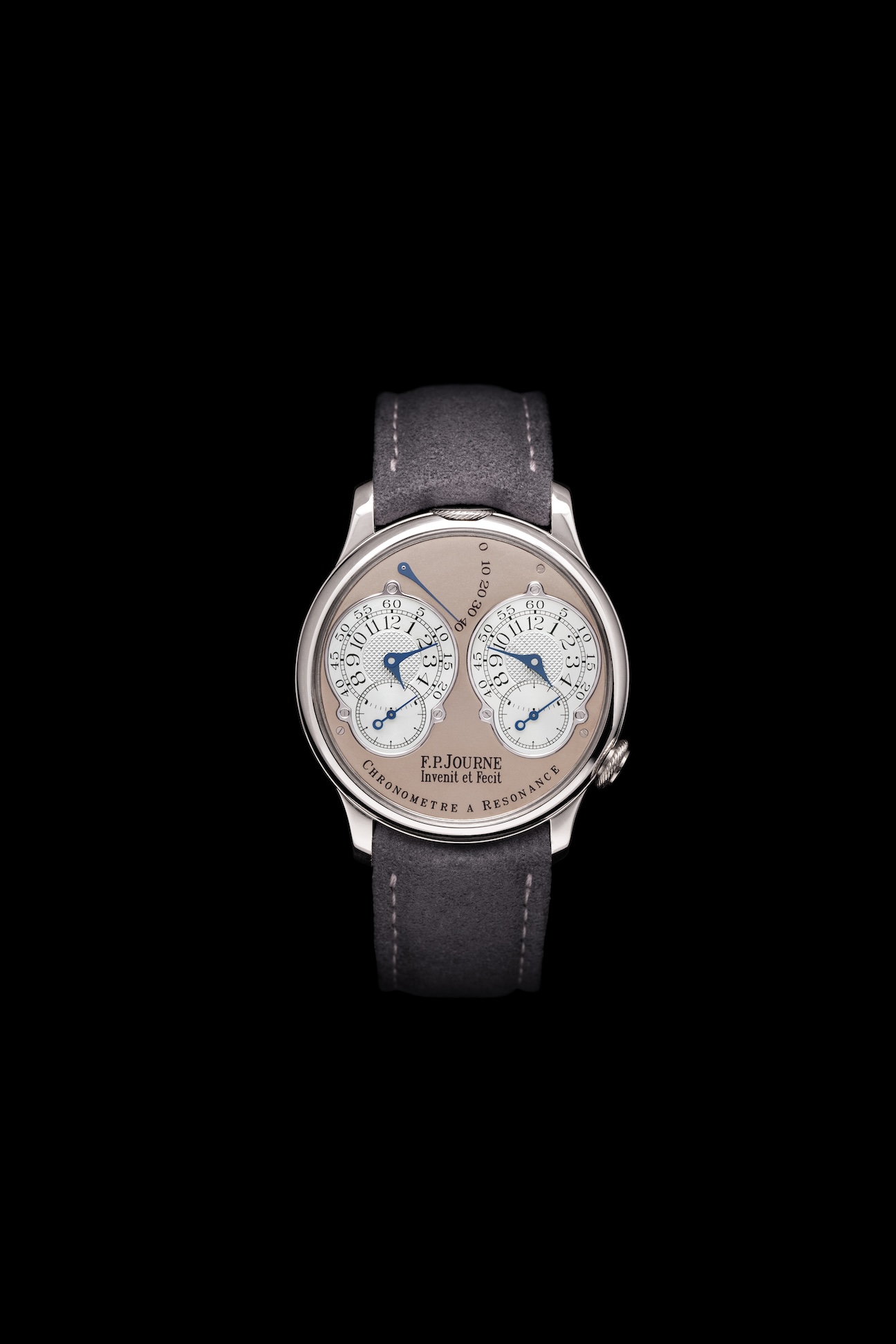
There’s something special about a watch with properties that have fascinated the brightest minds in horology for over three and a half centuries and, until recently, had still gone unsolved.
F.P.Journe’s Chronomètre à Résonance isn’t just a watch; it’s the story of a puzzle encapsulated in a beautiful form. Christiaan Huygens, a Dutch scientist who invented the pendulum clock back in 1656, noticed that two pendulums placed in close proximity—while not attached—would eventually synchronize their swings and even out to a more accurate rate. For someone like François-Paul Journe, obsessed with history and accuracy, a concept like this was hard to resist. Even more so when you consider that Journe’s hero, clockmaker Antide Janvier, and the famed Abraham-Louis Breguet, on rare occasions, experimented with the concept in clocks and even a pocket watch.
And yet, miniaturizing the concept into the watch would evade watchmakers until Journe created a prototype movement in 1994, then cased it into a watch in 1998. Essentially, the Chronomètre à Résonance is two watches in one case, with two carefully adjusted balances (the regulating organ of the watch) ticking less than 0.4mm from each other. While not connected, their natural oscillations and vibrations almost magically even out, resulting in a more accurate movement than with just one balance. The added benefit: you can set each dial of the watch to a different time zone.
But here’s the most interesting point. While it’s undeniable that the lineage of the Chronomètre à Résonance and its properties are fascinating, the watchmaking behind it is still hotly debated. With a brief jolt shocking the balances out of synchronization, you can still see them eventually re-align their “ticks” back and forth. However, some watchmakers are still incredulous about Journe’s explanation of why the watch works. In the end, it might not matter when the story of the watch is as strong as the watchmaking itself.
